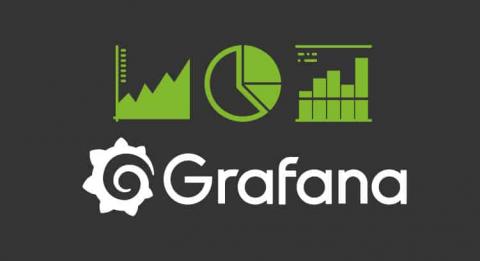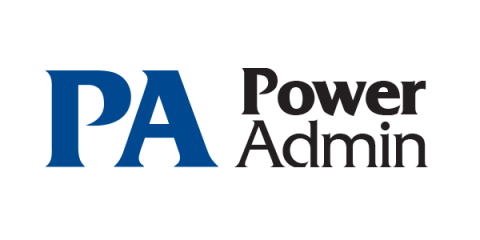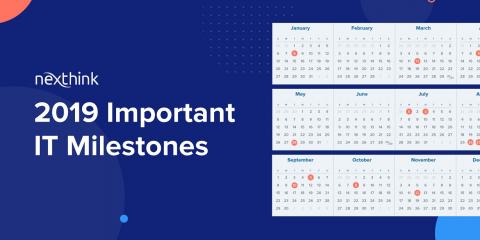Kubernetes in the Region: Observations and an Offer
Since joining Rancher Labs to head up the Australia, New Zealand, and Singapore region, my day revolves around discussing containers/Kubernetes use cases and adoption with many of the top enterprises, DevOps groups, and executives in the area. Not only is this a great learning experience and a fantastic way to meet people, it is also a huge eye opener into the many reasons why Kubernetes adoption is growing so rapidly and what the current challenges are.











